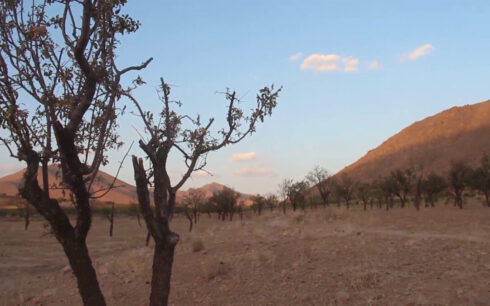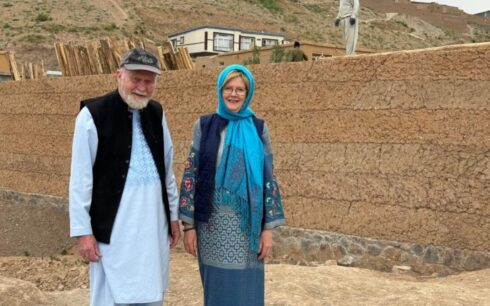September 20, 2023, marks the 12th anniversary of the death of Afghanistan’s former president and famous Jihadi leader, Burhanuddin Rabbani, who was killed in a suicide bombing in Kabul on 29 Sunbola 1390, Sept. 20, 2011.
Rabbani was assassinated by Taliban suicide bombers, posing as peace messengers, in his home in Kabul.
Rabbani, who was also the founder of Jamiat-e Islami, served as president of the Mujahideen’s government in Afghanistan between 1992 and 1996, and again from November to December 2001.
Rabbani’s assassination in 2011 came as a shock to the nation and his supporters questioned how the government had failed to ensure his safety. The truth behind Rabbani’s assassination has remained a mystery.
But what is known is that Rabbani, who was at the time head of the High Peace Council, was killed on his 71st birthday and the two bombers had posed as Taliban representatives.
At least one of them had hidden explosives in his turban. The suicide bomber claimed to be a Taliban commander and had said he was carrying a very important message from Taliban leaders.
Four other members of Afghanistan’s High Peace Council were also killed in the explosion.
Sayed Baqir Hossieni, a political activist, said that Rabbani had been a reliable leader who was able to preserve unity among the nation.
“While leading and managing a political stream (movement), Professor Rabbani was also considered as a core hub among the tribes. He was reliable and a spectrum of unity. One of his specialties was his ethics and politics,” he said.
After the ousting of the Taliban in 2001, Rabbani led the country for a short while before handing over to former president Hamid Karzai.
During his second term as president, Karzai sought to reach a peace deal with the Taliban and appointed Rabbani as head of the High Peace Council. It was during this time that he was assassinated.
Masoom Stanekzai, who was the head of the Secretariat for the High Peace Council at the time, told Amu that Rabbani had cut short a trip to Iran in order to meet with the Taliban’s representatives.
Stanekzai said that one of the suicide bombers introduced himself as Hedayatullah and had claimed to have an important audio message from the Taliban’s leadership.
“There have been many investigations and research after the incident, it was found out that there had been many hands involved in it. The Taliban were an instrument but beside them, there were the Pakistan intelligence and other networks who were helping the Taliban including al-Qaeda which was involved in many complex and pre-planned attacks,” Stanekzai said.
According to Stanekzai, the suicide bomber detonated his explosives while greeting Rabbani.
Five other people, including Stanekzai, were wounded in the attack.
However, 12 years after the explosion, questions remain unanswered, especially around who was ultimately responsible for the assassination. The question of how a suicide bomber was able to get to Rabbani in his own home also remains a mystery.





